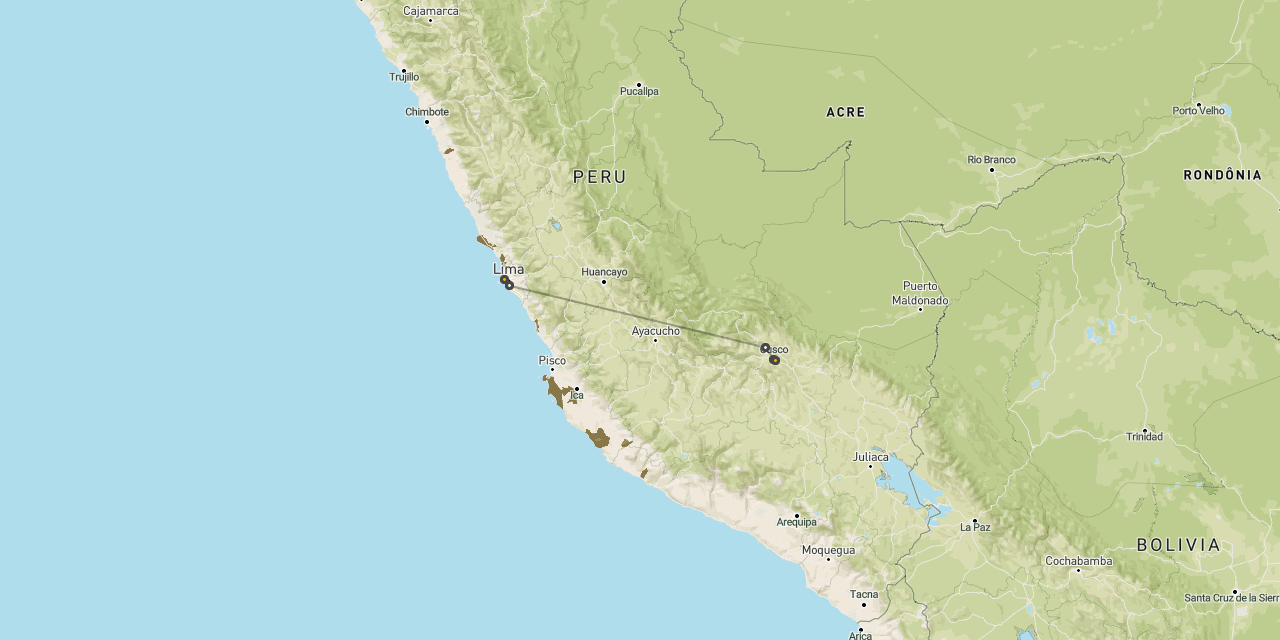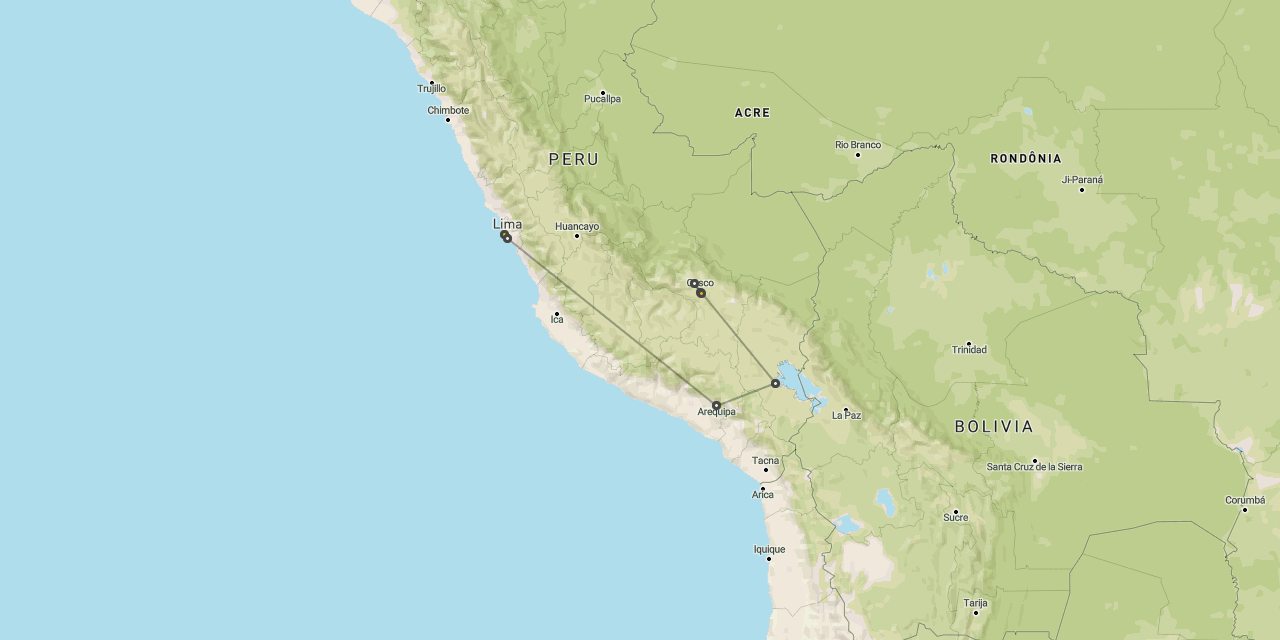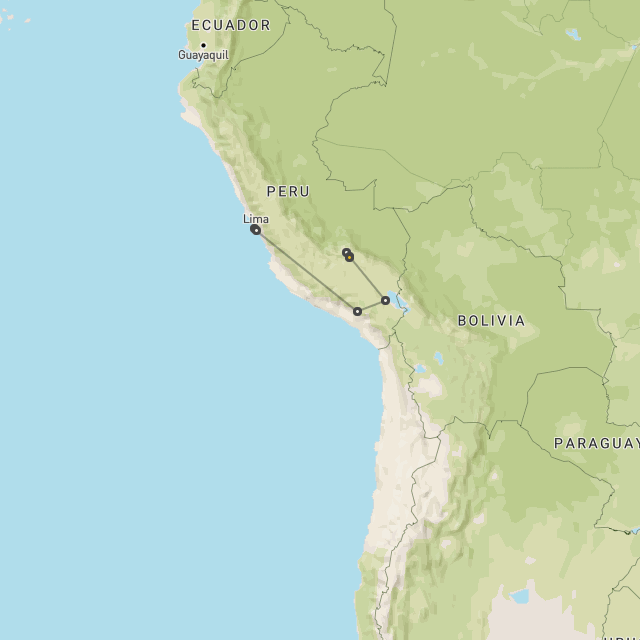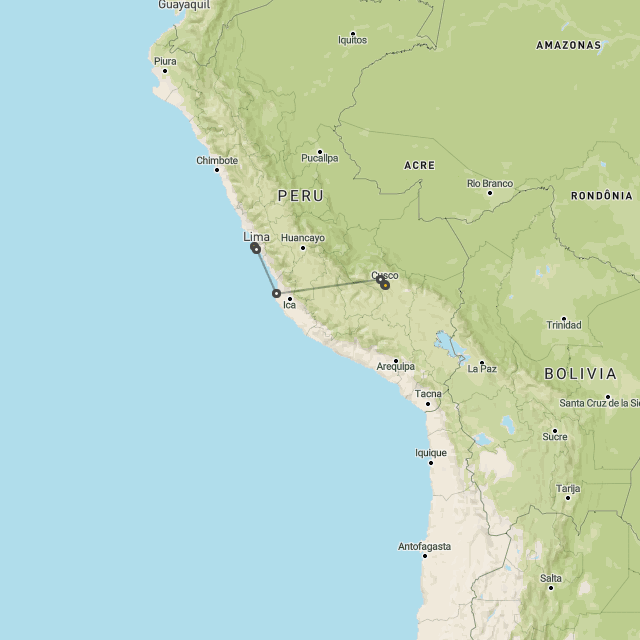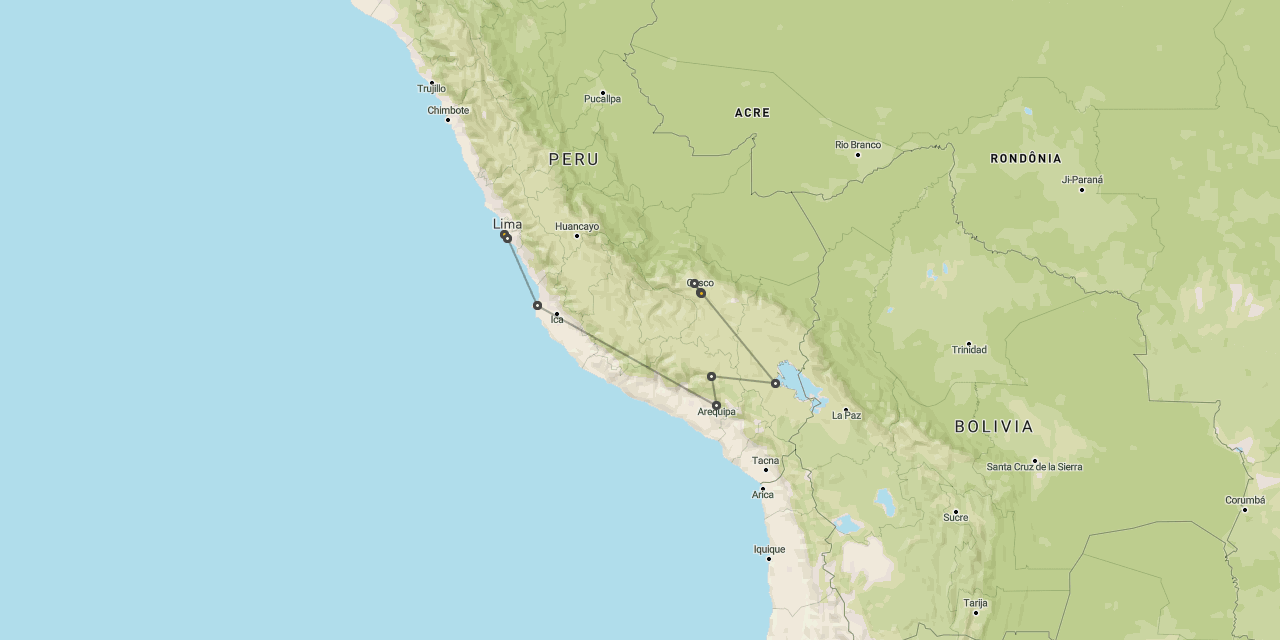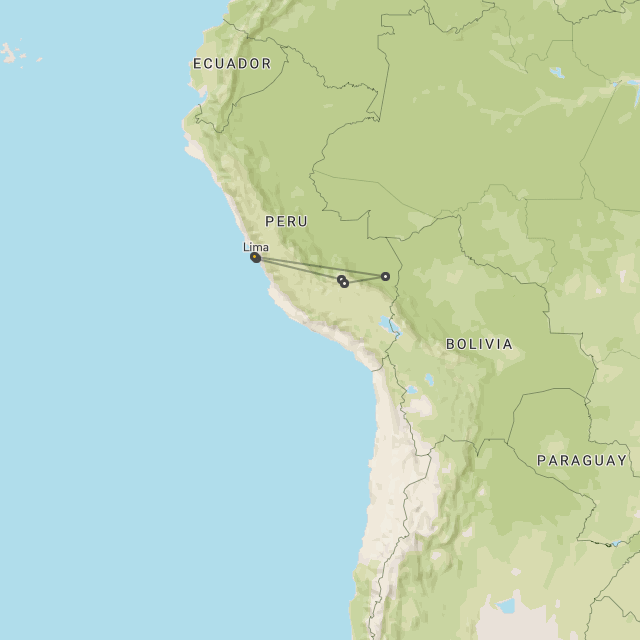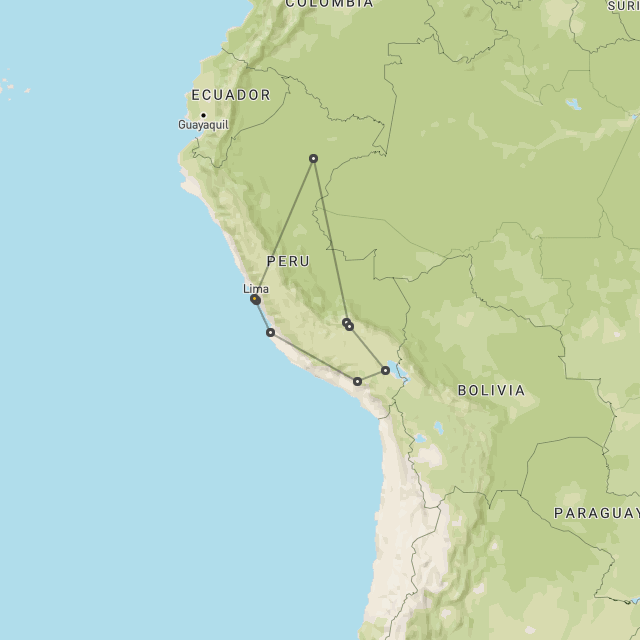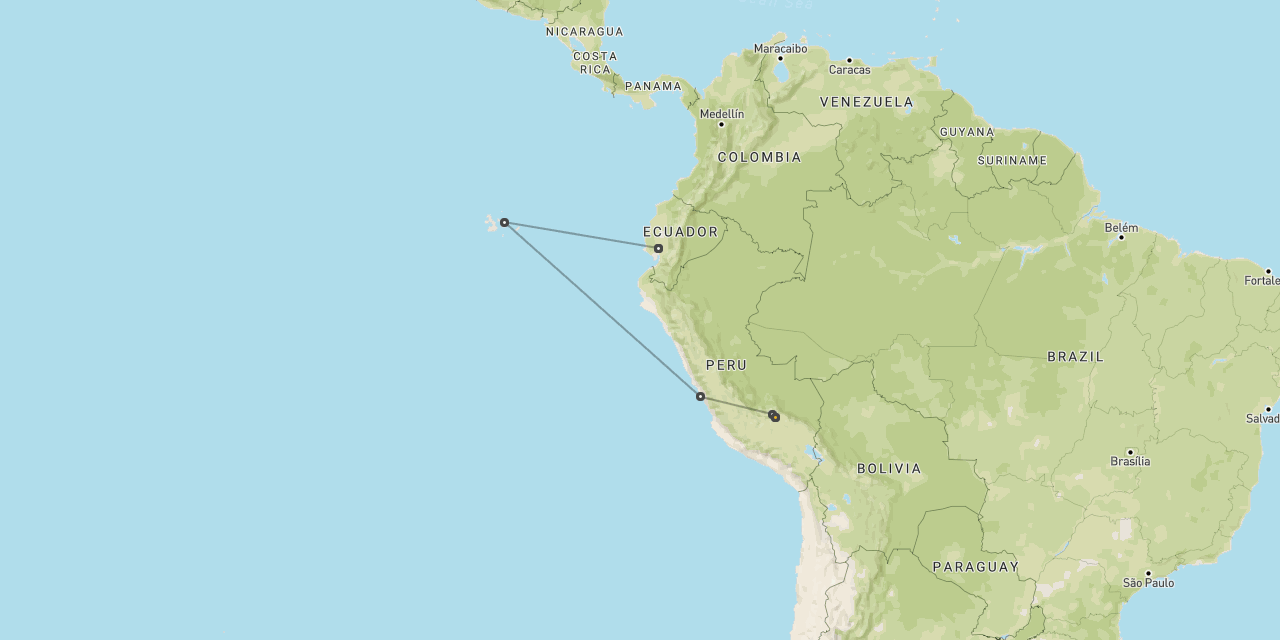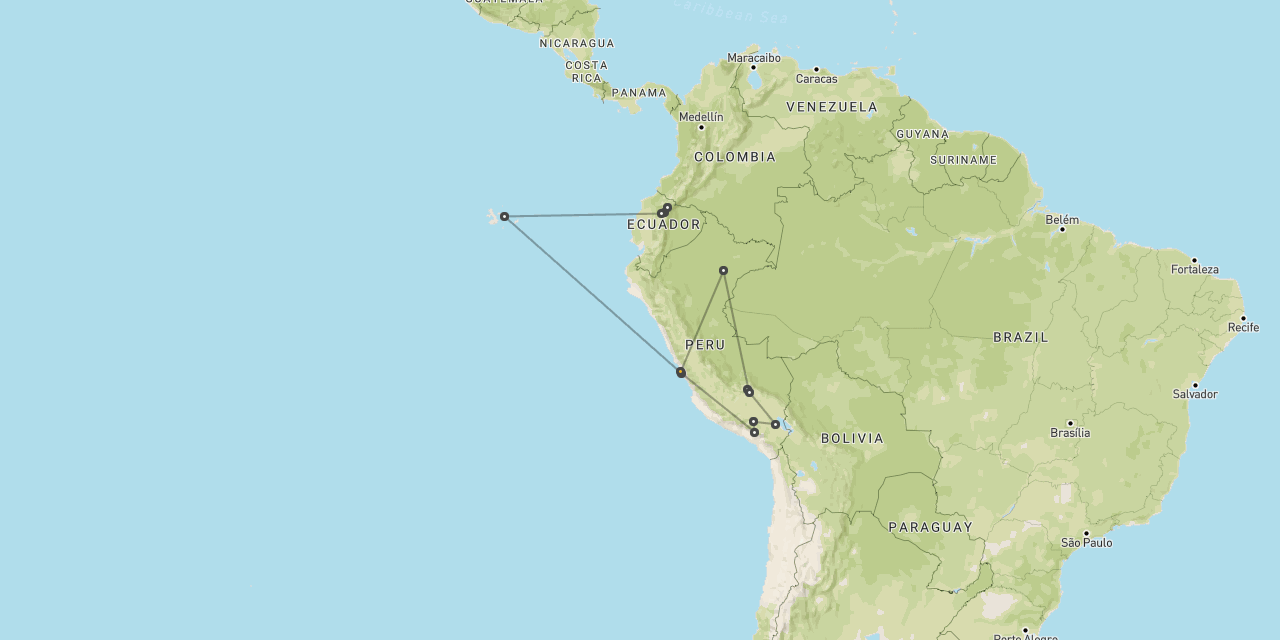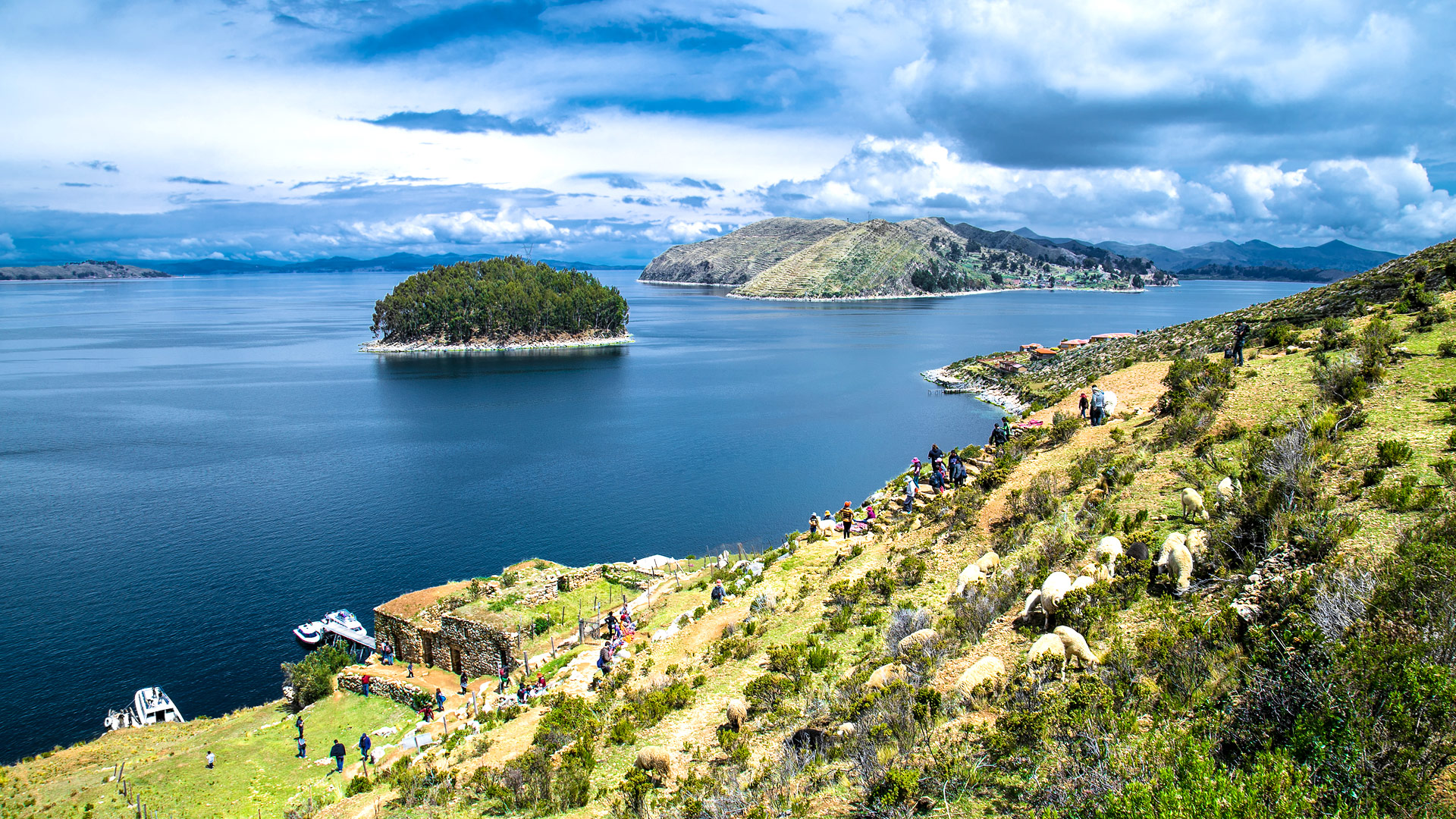
Safari to Lago Titicaca
Lago Titicaca
is the highest navigable lake
in the world
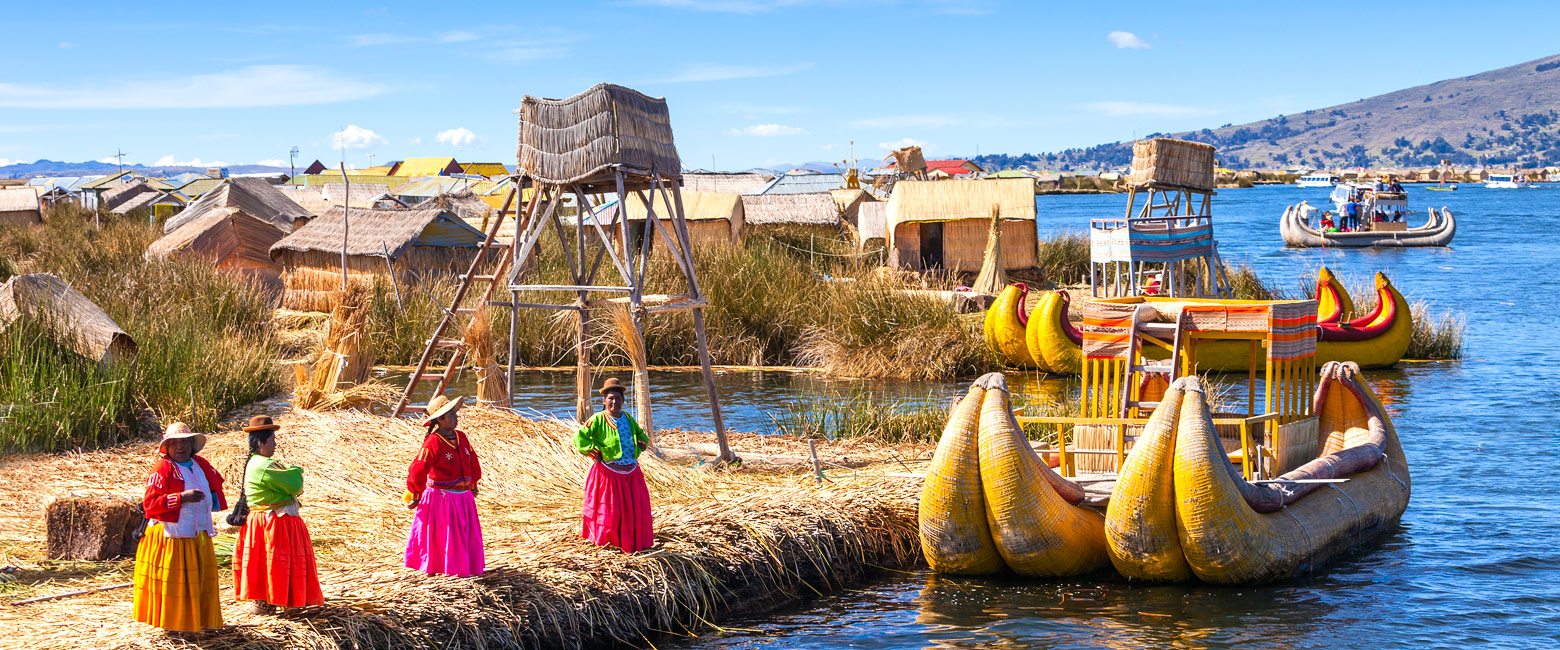
straddling the border between Peru and Bolivia
Set in the far southeast of Peru, high in the Andes and straddling the border with Bolivia, Lago Titicaca is a very large, deep and scenic lake, with electric blue waters, surrounded by terraced agriculture and set against a backdrop of the snow-capped mountains.
It’s the largest lake in South America when measured by both volume of water or surface area and, at 3812 metres above sea level, it’s also often cited as being ‘the highest navigable lake in the world’.
The lake is fed by five major rivers and around twenty smaller streams, but has only one outlet, the Río Desaguadero, which flows south through Bolivia (ultimately reaching the famous salt pan of Salar de Uyuni). However this outlet only accounts for 10% of the lake’s water balance, the remaining 90% being lost through evaporation.
The lake is home to more than 530 aquatic species, including dozens of endemic fishes and reptiles. Birding highlights include endemic Titicaca grebes, Puna ibises and Chilean flamingos.
The lake was considered to be deeply sacred by the Inca people, who believed that the sun, the moon, the stars and the Inca ancestors all originated from its depths. The area therefore features some very important archaeological sites, including temples dedicated to the sun and the moon.
Today the lake’s many islands are home to various ethnic groups, each with their own unique and distinct cultures, many of whom still adhere to the traditional beliefs and ways of life.
The Lago Titicaca area is typically visited for 2-4 nights, usually in combination with other key locations in the south of Peru, including Cusco, Valle Sagrado, Machu Picchu, Colca Canyon and Arequipa.
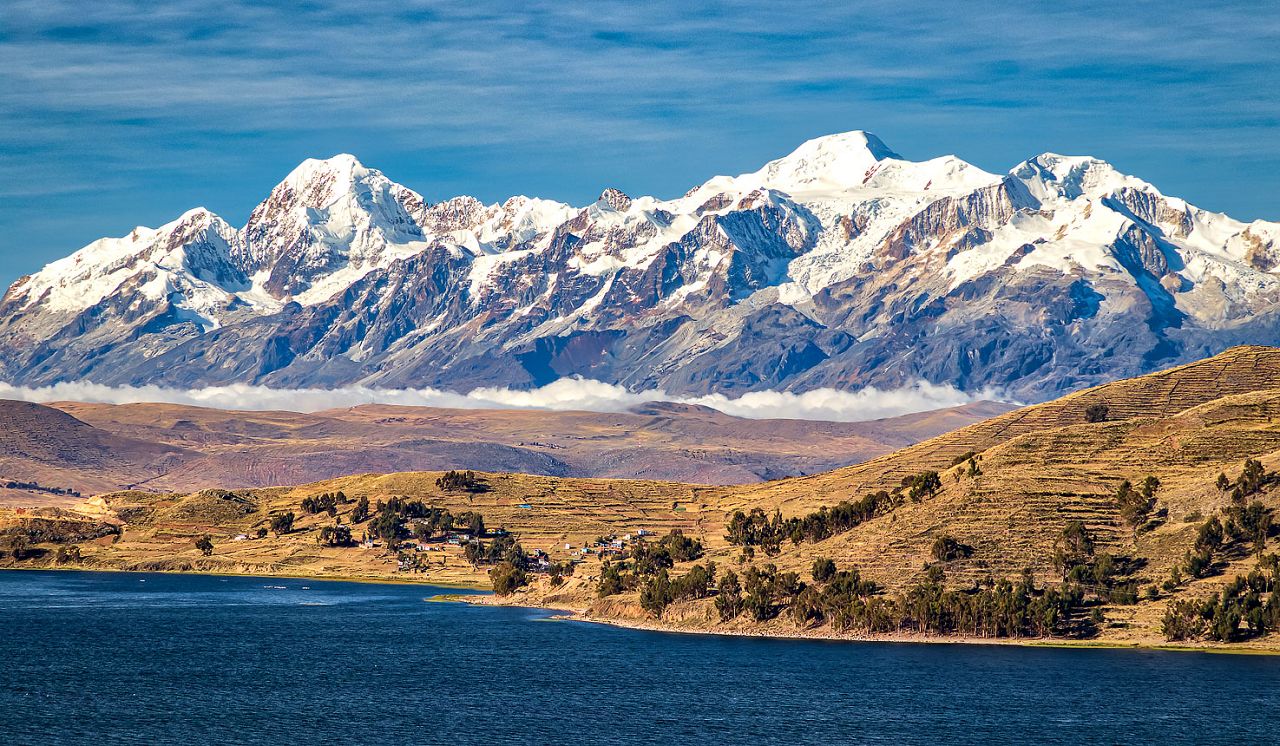
Gallery
Map
The best time to visit Lago Titicaca is generally considered to be during the Apr-Sep cool dry season.
Lago Titicaca has a subtropical highland climate, which is generally dry and temperate, with two clearly defined seasons.
During the Apr-Sep winter conditions are usually cool and clear, with lots of sunshine. Peak daytime temperatures are usually around 16C/61F, with nighttime lows regularly plunging to -6C/21F, with regular frosts. Average sunshine is up around 8-9 hours per day, up to 85% of daylight hours.
During the Oct-Mar summer the weather is often cloudy and wet, with rainfall around 100mm (4”) per month. Peak daytime temperatures usually climb to around 17C/63F, with nighttime lows still down at around 3C/37F. Average sunshine drops to around 6 hrs per day, around half of daylight hours
Like many of the high elevation locations in the Andes, the ultra-violet radiation is extremely high, so sun protection is essential.
Getting there
The Lago Titicaca area can be easily accessed by internal flights into Inca Manco Capac Airport in Juliaca, from where it’s about 80 km by road down to the port town of Puno, where most of the accommodation options are located.
There’s also a wonderful luxury train sleeper service operating on the Arequipa to Puno (Lago Titicaca) to Cusco route, with onward connections to the Valle Sagrado and Machu Picchu.
It’s also relatively easy to connect the Lago Titicaca area by road to Arequipa, Colca Canyon and Cusco.
The main islands of interest in this area can be accessed by motorboat, either from Puno or directly from your hotel.
The archaeological sites and islands on the Bolivian side of the border can be accessed on long day trips from Puno.
Where to stay
The majority of the accommodation in the Lago Titicaca area is in and around the city of Puno on the southwest shore of the lake.
Unfortunately most of these options are rather large, bland and touristy, simply pumping more and more people into the same busy spots.
There are two options which really stand out from the pack, the upmarket Titilaca (which is way out of town to the east) and Amantica Lodge (a tiny two room property on Amantani Island).
Sometimes we need to include a single night in Puno in order to make connections, in which case we usually prefer to stay at one of the simple hotels in the town centre, which is more atmospheric.
a deeply sacred place for the peoples of the Andes
let us know your thoughts about Peru
and we will help you create the perfect trip
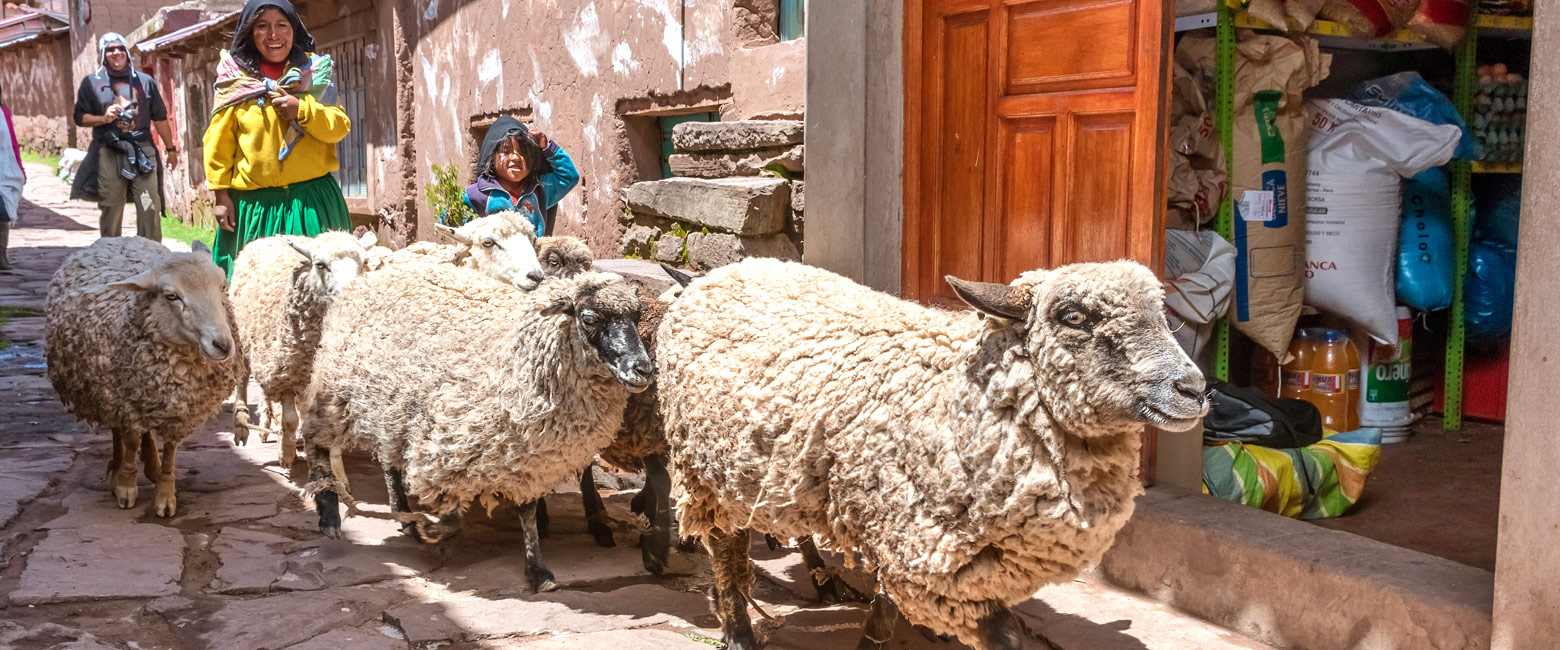
Extraordinary tailor-made adventures,
from earthy and edgy to easy and extravagant
From around USD 2500 per person, you set the ceiling
Sample Trips
Here are some of our popular trip shapes

Get started on your trip
It’s never too soon to get in touch, we are here to help with every stage of your planning.
Best Lodges
We regularly inspect and photograph all of the the best lodges, to ensure that we always recommend the most suitable options
Key Locations
Take a look around related locations. Click ‘View more’ to explore locations further afield.
Where Next?
Where Next?
We offer trips to dozens of fabulous countries.
Might one of these might be your next great adventure?

Please rotate your screen.






















